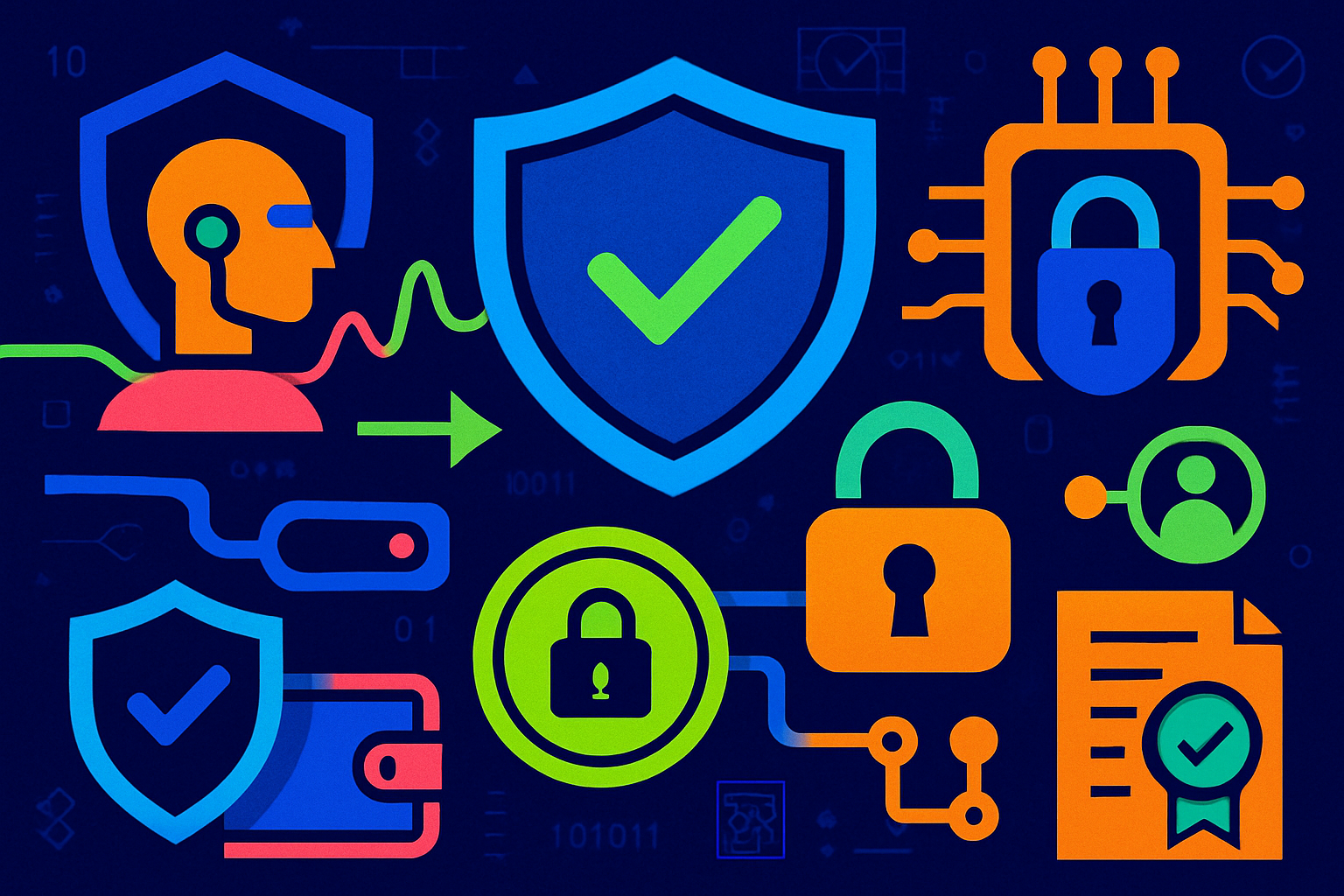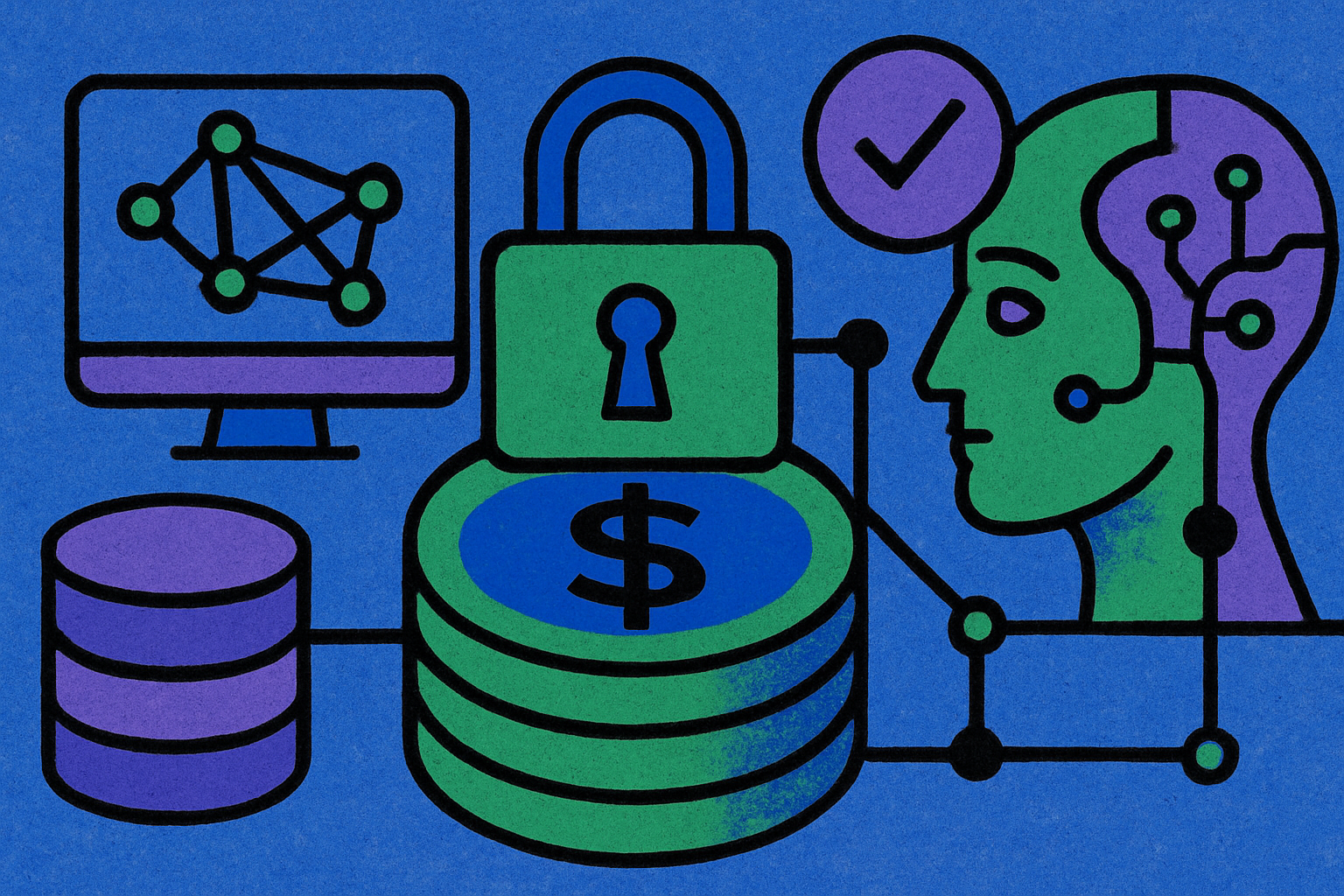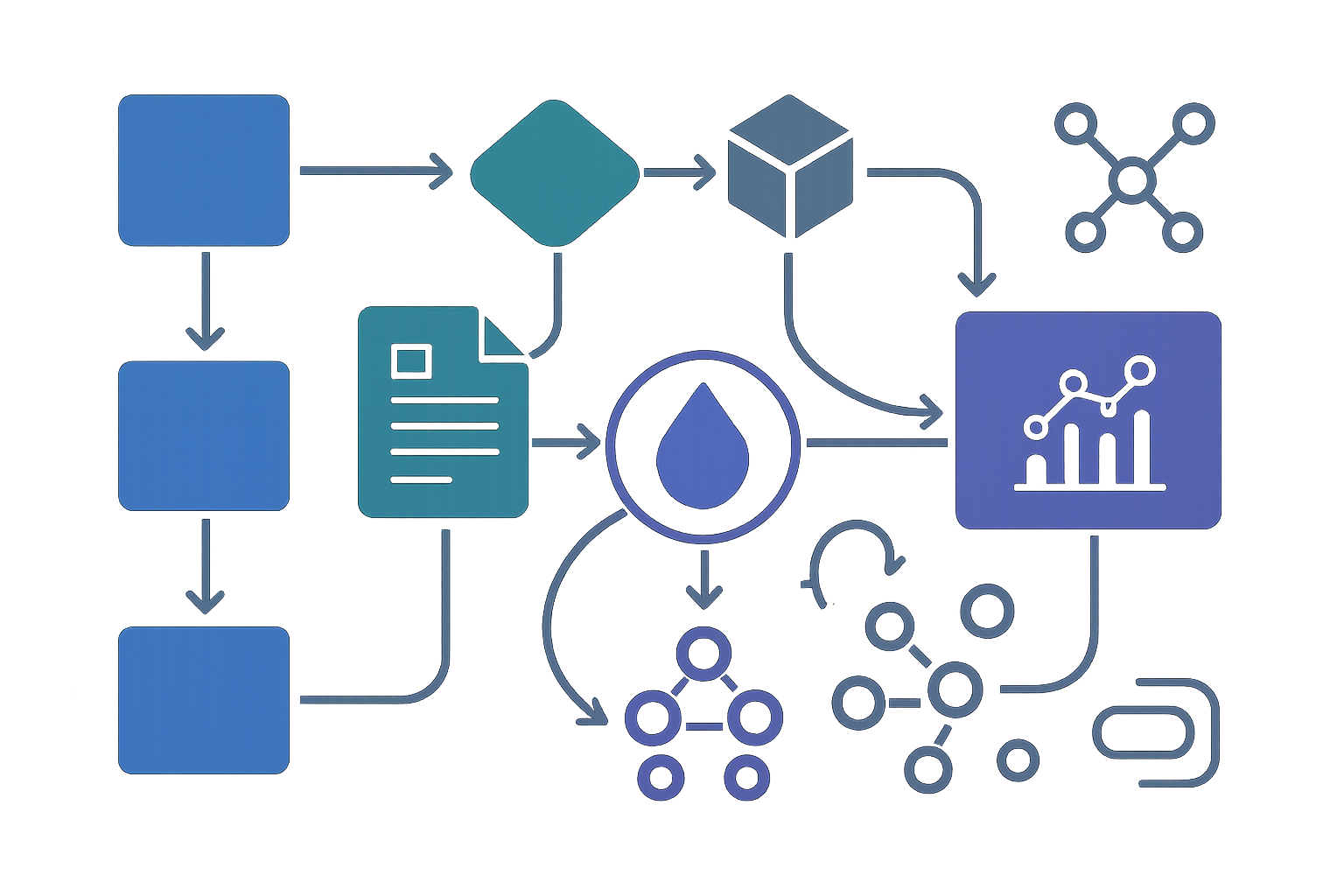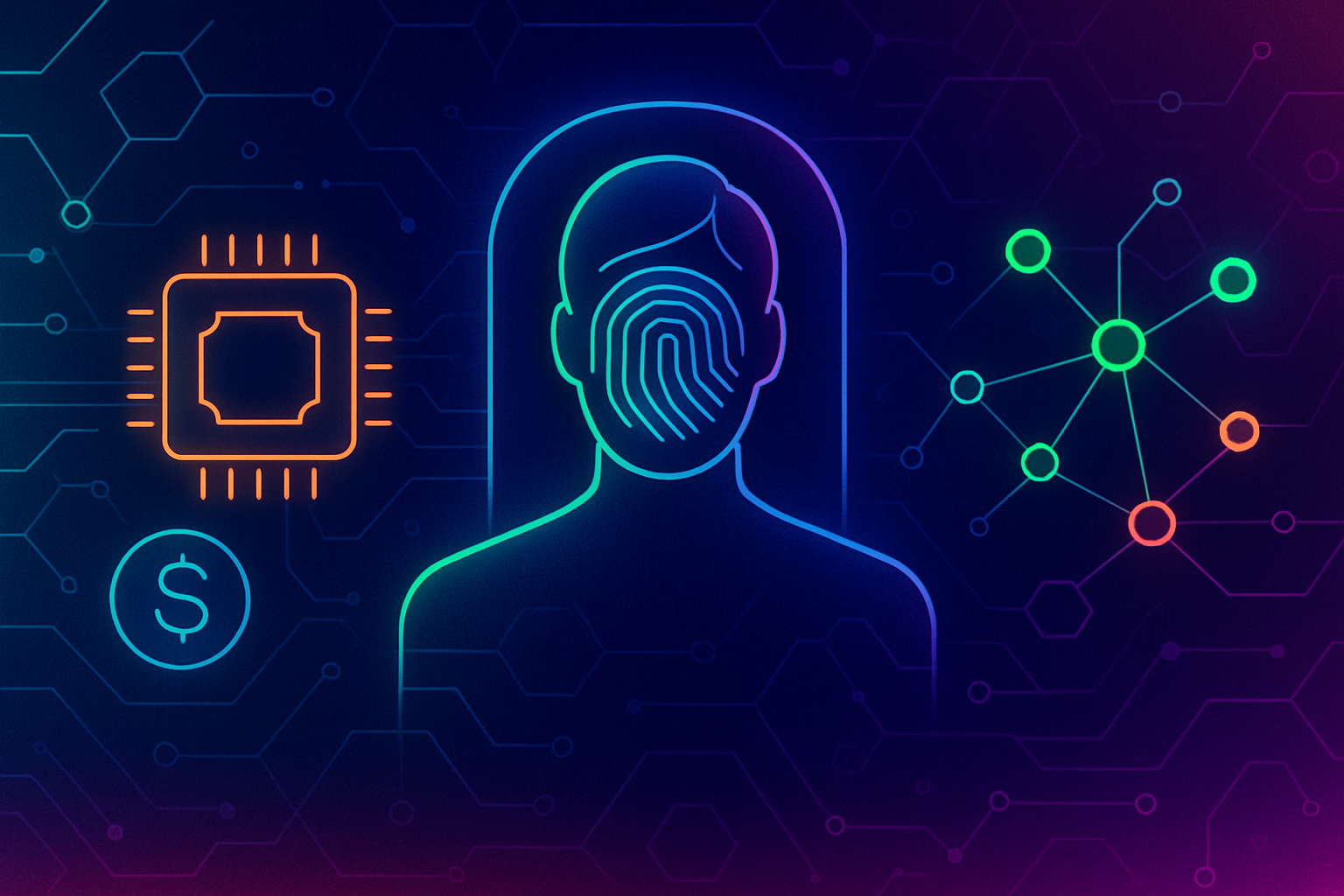
Real-time autonomous agents are rapidly becoming the backbone of Web3, handling everything from decentralized finance (DeFi) transactions to machine-driven supply chain optimizations. At the core of this transformation are decentralized AI compute networks, which are redefining how intelligent agents access computational resources, interact with data, and execute on-chain logic without centralized oversight. This shift is not just theoretical: it’s visible in today’s market data and the evolving landscape of DePIN (Decentralized Physical Infrastructure Networks), where platforms like NodeGoAI, Ocean Protocol, and Fetch. ai are setting new standards for scalable, resilient AI infrastructure.

The Engine Behind Web3 Autonomy: Distributed Compute and Data
Unlike legacy cloud-based AI, decentralized GPU networks distribute computational tasks across a global mesh of independent nodes. This model is exemplified by platforms such as NodeGoAI, where users monetize unused computing power to fuel peer-to-peer AI workloads. The result? Massive scalability and near-instantaneous response times, which are critical for agents operating in dynamic Web3 environments.
But compute is only half the equation. Decentralized data marketplaces like Ocean Protocol enable secure and private dataset sharing essential for training robust AI models. By tokenizing datasets and facilitating permissionless access, these marketplaces ensure that autonomous agents can learn from diverse, up-to-date information without compromising user privacy or network security.
Autonomous Agents: From Concept to Real-Time Execution
The rise of autonomous agents DePIN is driving a new era of intelligent automation in Web3. Platforms such as Fetch. ai empower developers to deploy agents capable of negotiating contracts, executing payments, or optimizing logistics – all autonomously and in real time. These agents don’t just operate within a single blockchain; protocols like the Universal Interoperability Protocol (UIP) let them seamlessly interact across multiple ecosystems, multiplying their utility and reach.
This interoperability unlocks complex use cases: imagine an agent that monitors DeFi yields on Ethereum while sourcing supply chain data from a Cosmos-based network – all without human intervention or centralized bottlenecks.
Market Data Snapshot: The Pulse of Decentralized Compute
The surge in demand for real-time AI inference web3 is mirrored by activity in leading DePIN tokens:
- The Graph (GRT): $0.065953 (24h change: -0.04539%)
- Ocean Protocol (OCEAN): $0.277916 (24h change: -0.00477%)
- Akash Network (AKT): $0.646425 (24h change: -0.03463%)
- Render (RNDR): $2.29 (24h change: -0.02553%)
This price action reflects both growing adoption and the volatility inherent to emerging infrastructure layers powering the machine economy blockchain era. For those tracking sector momentum or evaluating infrastructure bets, these numbers provide a crucial barometer.
Pillars of Next-Gen Agent Infrastructure in Web3
The convergence of decentralized compute with tokenized data markets is enabling a host of new primitives:
- P2P Compute Leasing: Platforms like NodeGoAI allow anyone to rent out idle GPUs for distributed model training or inference tasks.
- Sovereign Data Sharing: Ocean Protocol’s marketplace structure incentivizes high-quality dataset curation while preserving privacy.
- Cognitive Automation: Fetch. ai’s agent framework lets developers build adaptive bots that transact value natively on-chain.
- Ecosystem Interoperability: UIP and similar protocols ensure that smart agents can operate across siloed blockchains without friction.
Together, these pillars form the foundation for scalable edge compute for AI applications and unlock new business models at the intersection of DePIN edge AI and autonomous decision-making systems.
As enterprises and developers push the boundaries of what’s possible with AI agent infrastructure in Web3, the focus is shifting toward practical, scalable deployments. The combination of decentralized GPU networks and permissionless data access is catalyzing a wave of innovation: from autonomous DeFi market makers to logistics agents that respond to real-world IoT signals in milliseconds. These systems are not just theoretical, they’re live, transacting value, and reshaping digital economies.
One of the most compelling use cases emerging from this landscape is autonomous payments. AI agents are now capable of executing on-chain transactions based on real-time analytics, risk assessments, or even sentiment signals harvested from decentralized data feeds. For example, an AI agent might rebalance a DeFi portfolio or settle cross-chain payments instantly as market conditions shift, actions that previously required manual oversight or slow centralized intermediaries.
Security, Trustlessness, and the DePIN Advantage
Security remains paramount for real-time autonomous agents. Decentralized compute networks address this by distributing both data and computation across independent nodes, eliminating single points of failure and reducing attack surfaces. This trustless architecture aligns perfectly with Web3’s ethos, enabling agents to operate transparently while preserving user privacy.
The economic incentives built into DePIN models also ensure ongoing participation by node operators. For instance, Pi Network’s integration with OpenMind allows contributors to earn Pi tokens for supporting AI computations, a model that strengthens network security while expanding available compute resources.
Challenges Ahead: Latency, Governance and Standardization
Despite rapid progress, several hurdles remain before decentralized AI compute networks reach full maturity:
- Latency: Real-time inference demands ultra-low-latency connections between nodes, an area where edge compute for AI will play a pivotal role as protocols mature.
- Governance: As these networks scale, managing upgrades and dispute resolution without central authorities will require robust governance frameworks.
- Standardization: Interoperability between diverse agent frameworks and blockchains is still evolving; universal standards like UIP are promising but not yet ubiquitous.
The pace of innovation suggests these challenges will be addressed through both technical breakthroughs and community-driven evolution. For an in-depth look at how decentralized compute networks empower on-chain agents today, see this guide.
Looking Forward: The Roadmap for Real-Time Autonomous Agents
The next phase for decentralized AI compute networks will center around adaptive learning at the edge, where agents can update models locally based on new data streams without waiting for global consensus cycles. This capability will unlock everything from self-optimizing supply chains to hyper-personalized dApps that respond instantly to user intent.
The current market pulse, with The Graph at $0.065953, Ocean Protocol at $0.277916, Akash Network at $0.646425, and Render at $2.29, signals that investors recognize the foundational role these infrastructure layers play in enabling a machine-driven internet. As adoption widens and technical barriers fall away, expect real-time autonomous agents to become not just common but indispensable across every sector touched by blockchain and AI convergence.





